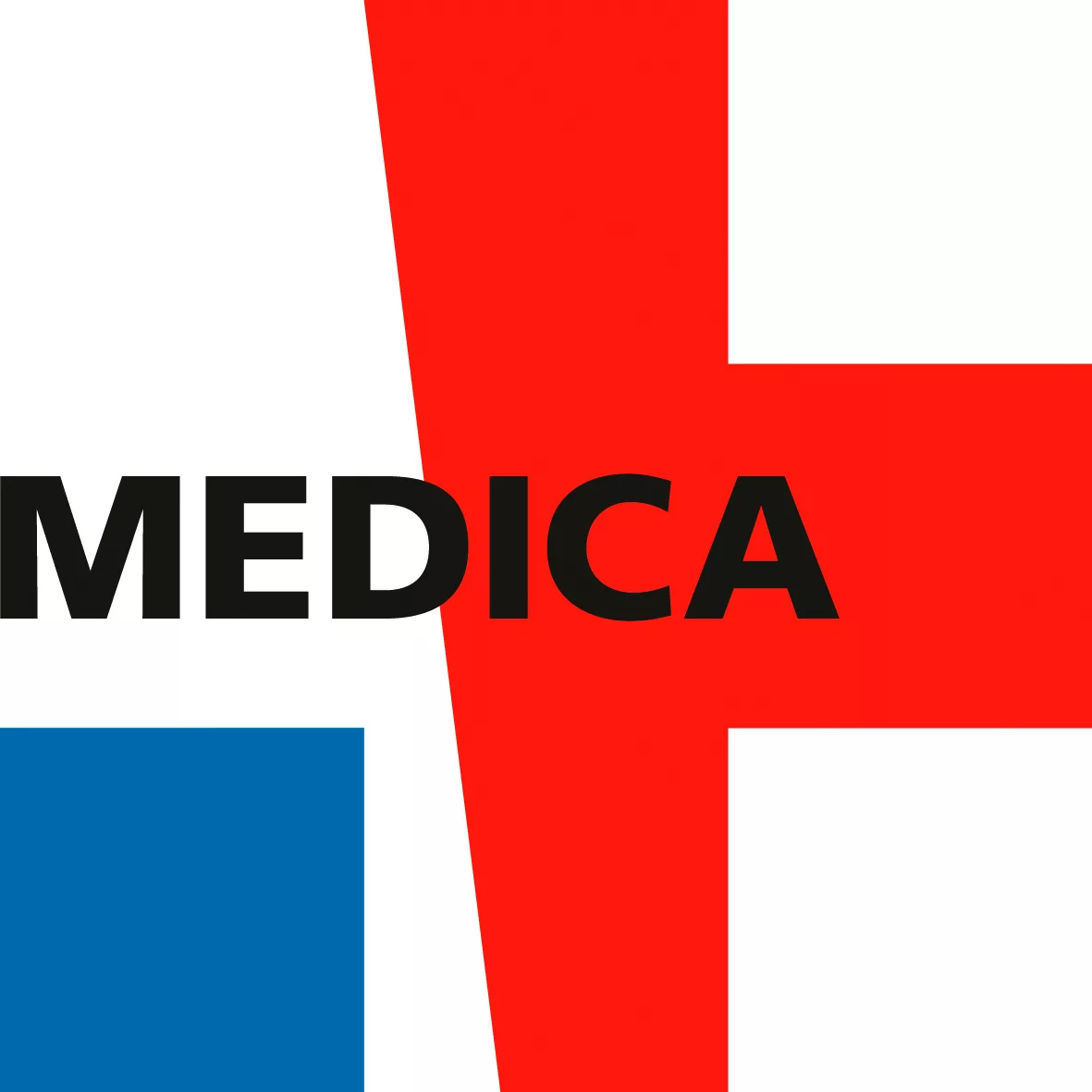steptics blog
steptics: efficient and affordable production of sustainable foot prostheses

Interview with Marc-Antonio Padilla and Daniel Kun, steptics GmbH
Manufacturing high-quality foot prostheses from carbon or glass fiber is a complex and cost-intensive process. The founders of the start-up steptics have developed a method that automates this process. They also rely on modern AI solutions. And have sustainability in mind.
In an interview with MEDICA.de, Marc-Antonio Padilla and Daniel Kun talk about their start-up’s manufacturing process, the further development of the technology and who could benefit from it in particular.
Which challenges is steptics taking on?
Steptics: At Steptics, we initially specialized in running blades. It’s challenging for amputees to resume physical activity, compounded by the fact that such prostheses typically aren’t covered by health insurance. Our goal is to offer cost-effective and high-performance sports prostheses. To achieve this, we have developed a process that automates many of the production steps.
How does the automated manufacturing process for foot prostheses from steptics differ from conventional manufacturing methods?
Steptics: Normally, the blades are manufactured by hand, layer by layer, whether using carbon, glass fiber, or an alternative fiber. In contrast, we use a winding process that already exists but has never been used in the construction of prostheses before. The fiber is first pulled through an epoxy resin and then wound onto a rotating tool.
Once the material has hardened, we cut it into individual pieces. These pieces are then cut in half again. In this way, we produce several blanks relatively quickly and very efficiently. These blanks are then individually cut to fit the wearers.
How do you determine the right parameters to adapt the prosthesis to the individual?
Steptics: Here as well, we rely on technical assistance. We have developed an AI that calculates various constants. These include, for example, stiffness and energy transfer. The prosthesis blank is cut and milled with the help of these parameters. This is a crucial point for running blades, as they must perform better than everyday prostheses.
Are there also innovative approaches as far as the material is concerned? Keywords being CO2 footprint and sustainability.
Steptics: The first steps were to reduce costs through the automated production of the blanks and the development of an AI for individual customization. Now we want to tackle the issue of sustainable materials. Unfortunately, carbon or glass fiber do not have the best CO2 footprint. However, not every natural fiber is suitable as a material for running blades or even everyday prostheses. Their resistance isn’t usually sufficient to withstand the predominant load. We are still researching which type of fiber could be suitable.
Which development stage are you currently at?
Steptics: We are currently in the test phase. The first test persons are being selected, and based on this data, we will certainly make some adjustments. At the same time, we are getting certified as a medical devices manufacturer. This all takes time, but we expect to have the first product ready for the market in the first quarter of 2024.
And the long-term vision?
Steptics: Sustainability is one issue. But availability in the Global South is also a significant concern for us. There is high demand but insufficient purchasing power. We aim to provide suitable solutions through our automated and efficient processes to ensure accessibility of our prostheses for everyone.